Rowton House — Birmingham
In 1892, a new type of hostel for down-and-out or low-paid working men appeared in London — the first of the Rowton Houses created by philanthropist Lord Rowton. His aim was to provide a cheap accommodation that was better and cleaner than anything else available at the time. An overview of Rowton's scheme is given on a separate page.
The first Rowton House, at Vauxhall, which opened in December 1892, was personally financed by Lord Rowton. Following its success, a limited company was formed to expand the scheme and five further Rowton Houses were opened at King's Cross (1896), Newington Butts (1897), Hammersmith (1899), Whitechapel (1902), and Camden Town (1905).
Rowton Houses were all constructed along the same basic lines. The ground floor and basement contained the entrance hallway, dining room, smoking lounge, reading room, washrooms, barber's shop, shoemaker's and tailor's rooms, clothes and boot cleaning rooms, parcels room etc. The upper floors contained large numbers of private cubicles each of which contained a bed, chair, shelf, and a chamber pot. Residence in the establishment cost 6d per day although no access to the cubicles was permitted during the daytime. Lodgers could either buy food in the dining-hall or cook their own food.
Following the enormous success of Rowton's scheme, it was widely imitated both in Britain and in other countries. A "Rowton House" was erected in on Alcester Street, Highgate Park, Birmingham in 1903. It was operated by locally formed company but used the same architect, Harry Bell Measures, who had designed the London Houses. It followed the design used at Camden and Hammersmith — a U-shaped building with lantern windows in the centre of the "U" providing light to the lower floors. The Birmingham Rowton House could accommodate 819 men who paid 6d. a night for one of its bed cubicles.
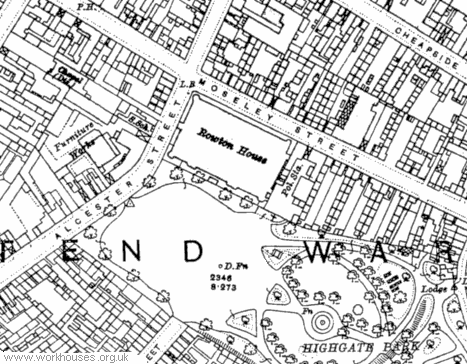
Birmingham Rowton House site, 1916.
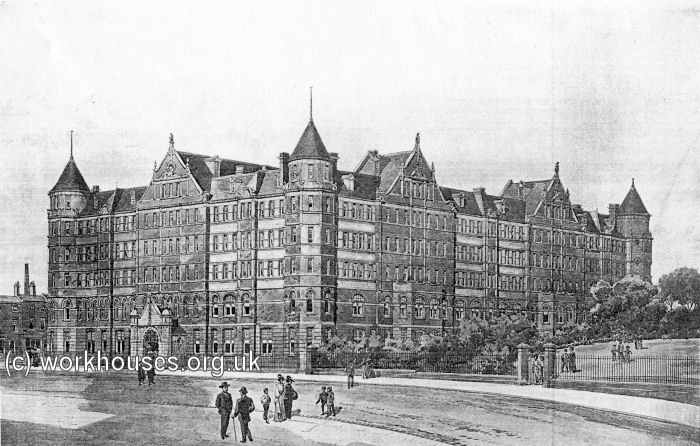
The Birmingham Rowton House from the west.
© Peter Higginbotham.
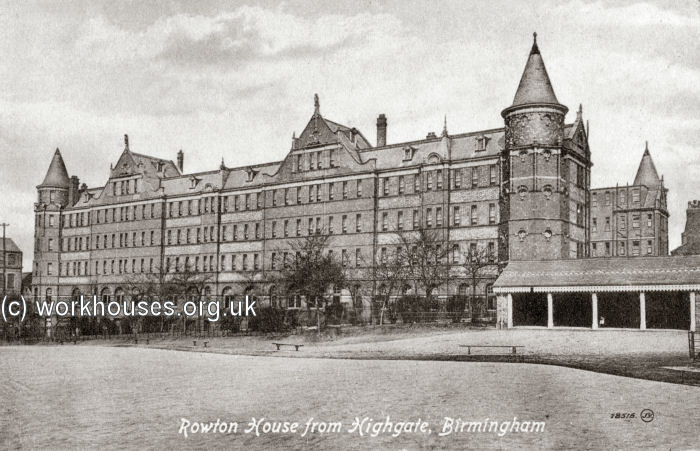
The Birmingham Rowton House from the south, c.1926.
© Peter Higginbotham.
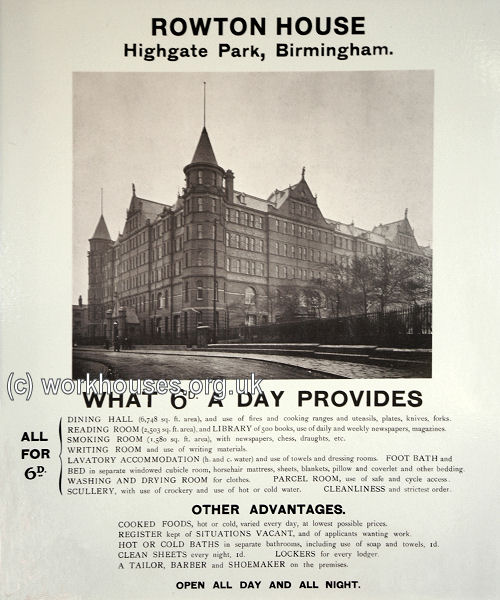
The Birmingham Rowton House.
© Peter Higginbotham.
The Birmingham Rowton was later renamed the Highgate Hotel but conditions for the residents declined considerably. By 1973, the hostel offered 500 beds at 65p per night and its clientele included a large number of Irish building workers. Subcontractors picked up men from the establishment and took them off to building sites all over the Midlands for which they were paid from £4 to £7 for a 12-hour shift, cash in hand with no tax or national insurance.
In September 1978 the Sunday Times reported that 'in this depressing five storey pile there were only nine baths for the 450 inmates. The WCs lacked doors and seats, and no toilet paper was provided. The corridors were dark and cavernous. Bedsheets were discoloured, and a 25p fine was imposed for bedwetting.'
In the mid-1990s, the building was refurbished as a modern hotel. Rooms now (2007) cost £100 per night compared to 6d. a century ago!
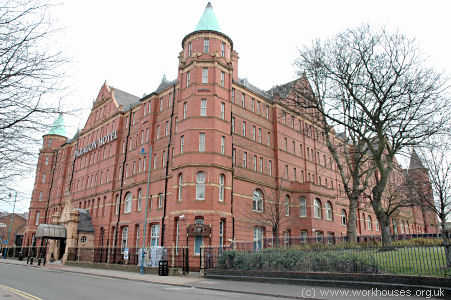
The Birmingham Rowton House from the south, 2006.
© Peter Higginbotham.
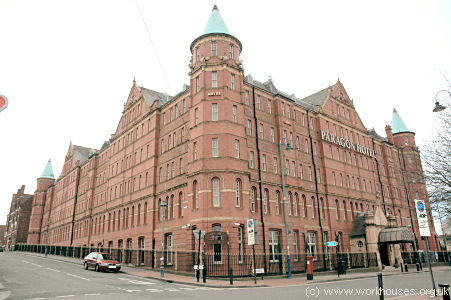
The Birmingham Rowton House from the north, 2006.
© Peter Higginbotham.
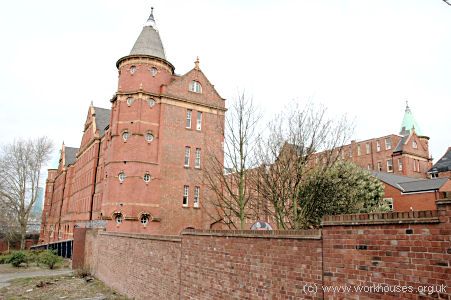
The Birmingham Rowton House fromthe south-east2006.
© Peter Higginbotham.
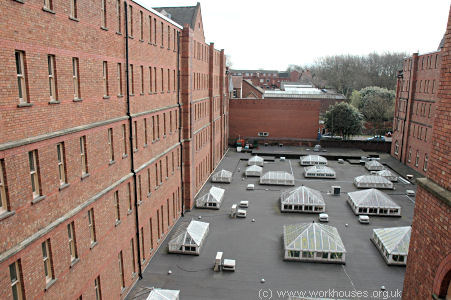
The Birmingham Rowton House — view of internal courtyard from an upper floor, 2006.
© Peter Higginbotham.
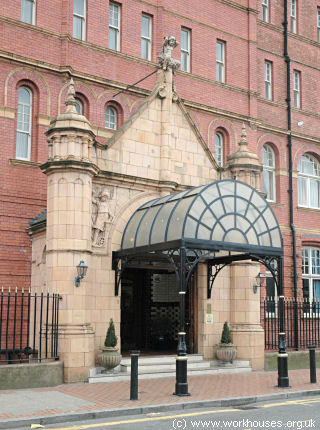
Birmingham Rowton House entrance, 2006.
© Peter Higginbotham.
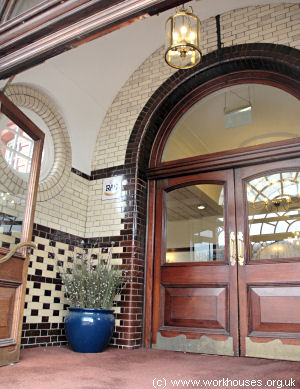
Birmingham Rowton House entrance, 2006.
© Peter Higginbotham.
Bibliography
- Barker, Paul (1982) The Other Britain: A New Society Collection
- Cornes, James (1905) Modern Housing in Town & Country (London: Batsford)
- Farrant, Richard (1904) Lord Rowton and Rowton Houses in Cornhill Magazine, June 1904.
- Sheridan, Michael (1956) Rowton Houses 1892-1954 (London: Rowton Houses Ltd)
- Sunday Times, 23rd September, 1978
Links
- None.
Unless otherwise indicated, this page () is copyright Peter Higginbotham. Contents may not be reproduced without permission.


